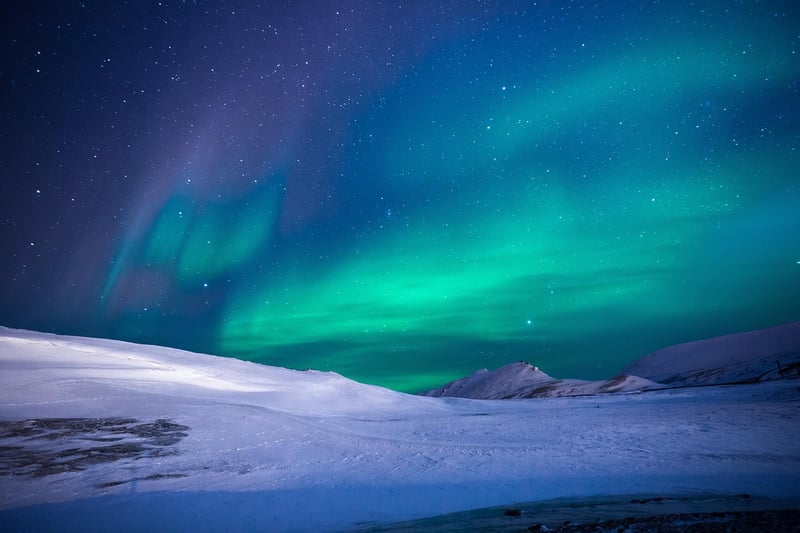Northern Lights
Exploring the Cosmos Through Your Lens: A Guide to Capturing the Northern Lights

Have you ever gazed up at the night sky in awe of its beauty and wondered how you could capture the mesmerizing dance of the cosmos through your lens? One of the most spectacular natural phenomena to photograph is the Northern Lights, also known as the Aurora Borealis.
What are the Northern Lights?
The Northern Lights are a breathtaking display of colorful lights that dance across the night sky in polar regions. This natural light show is caused by the collision of charged particles from the sun with atoms in the Earth's atmosphere.
Tips for Photographing the Northern Lights
- Choose the right location: Head to a location with minimal light pollution and a clear view of the northern horizon.
- Use a sturdy tripod: To capture the long exposures needed for Northern Lights photography, a sturdy tripod is essential.
- Adjust your camera settings: Set your camera to manual mode, use a wide aperture, and experiment with different exposure times to capture the vibrant colors of the Aurora.
- Pack extra batteries and dress warmly: Shooting in cold conditions can drain your camera's battery quickly, so be prepared with extras. Dress warmly to stay comfortable during long nights of shooting.
Best Times to See the Northern Lights
The Northern Lights are most commonly visible in the fall and spring when the nights are long and dark. Regions closer to the poles have a higher frequency of Aurora sightings, making places like Iceland, Norway, and Alaska popular destinations for Northern Lights photography.
Conclusion
Capturing the beauty of the Northern Lights is a rewarding experience that requires patience, preparation, and a keen eye for composition. With the right equipment and techniques, you can create stunning photographs that showcase the wonders of the cosmos through your lens.
So pack your camera gear, dress warmly, and head out to witness the magic of the Northern Lights for yourself!

